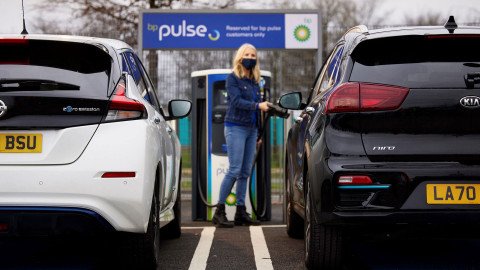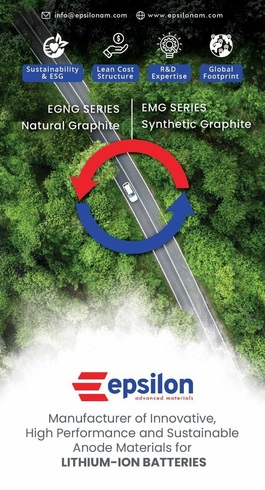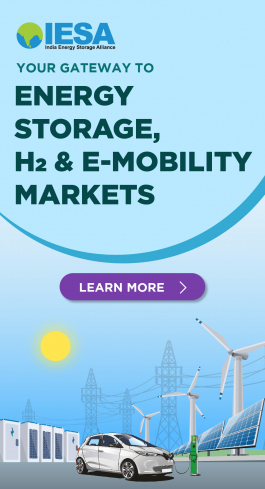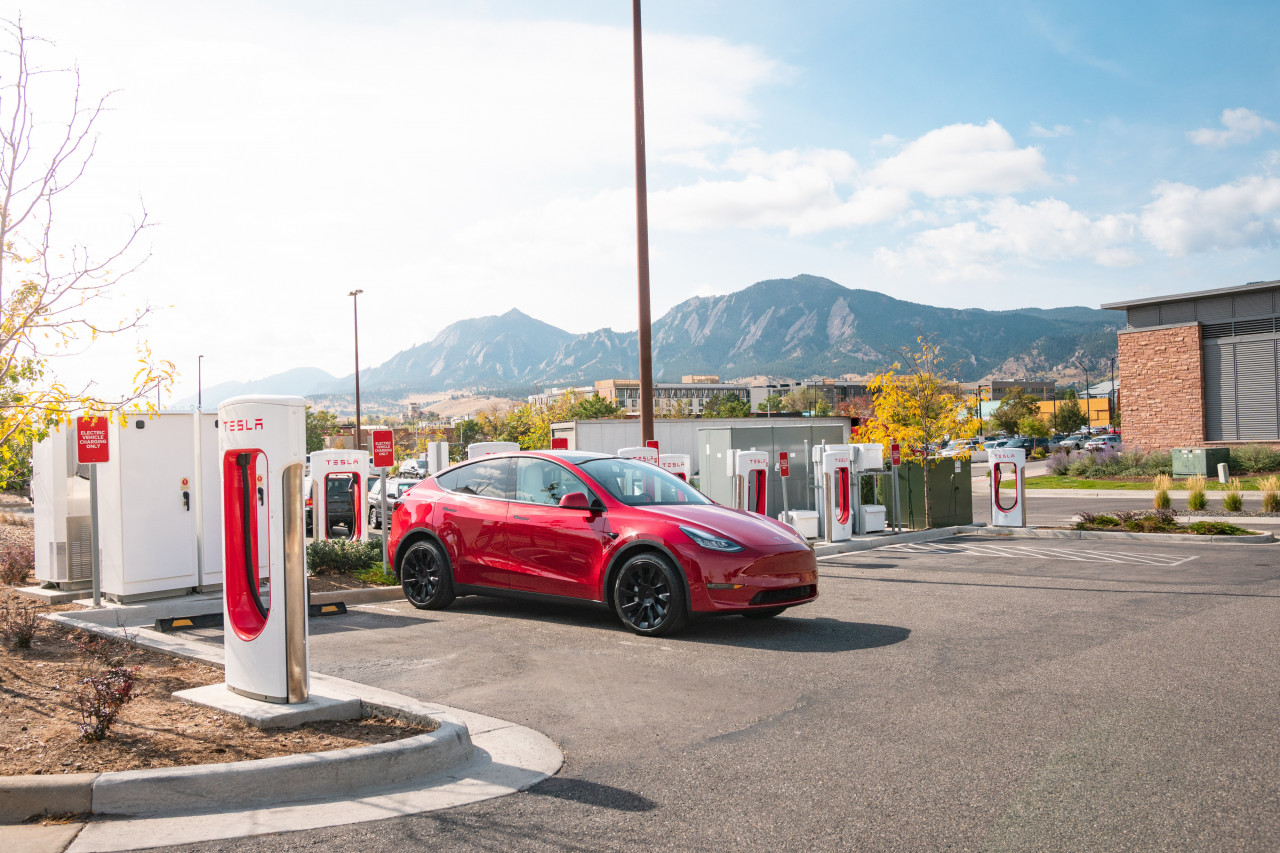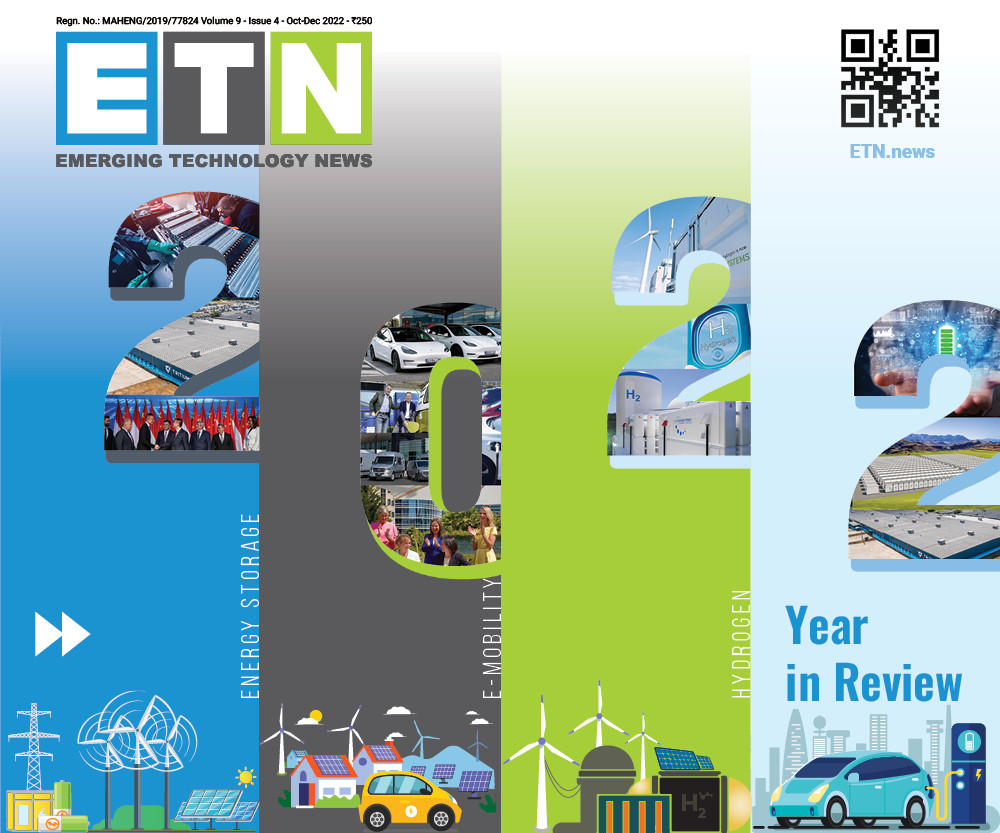EV Charging Infra & Policies | Review 2022: A look at the year that was
Team ETN has compiled a brief review of the EV charging infrastructure and policy landscape across the globe from reports released this year, and recapped snapshots of news about important turn of events.
For the 2022 yearly review of the global e-mobility industry, click here.
Lack of adequate infrastructure is seen as the main hurdle in EV adoption, even in the US and UK. Most EVs today are powered at charging stations at home or office. But for e-mobility to be really successful, a widespread public charging network is of utmost importance.
Policies
Governments around the world are waking up to the need to expedite the energy transition, and are coming up with solutions to support the move. Incentives such as subsidies and tax credits are being offered to the manufacturers as well as the consumers for faster adoption of electrified mobility.
The German government has offered grants of up to €9,000 plus tax reductions for fully electric passenger vehicles, €40,000 for small to medium-sized e-trucks, and up to €500,000 for heavy-duty trucks.
The US federal government offers up to $7,500 in tax credits for qualifying plug-in electric vehicles (PEVs), and California announced a $3.9 billion package that includes funds to put 1,000 zero-emission cars, 1,000 school buses and 1,000 public transit buses on the roads.
Policies announced by the European Commission require new cars to reduce average CO2 emissions by 55 percent by 2030, and 100 percent by 2035.
RELATED: E-Mobility | Review 2022: A look at the year that was


